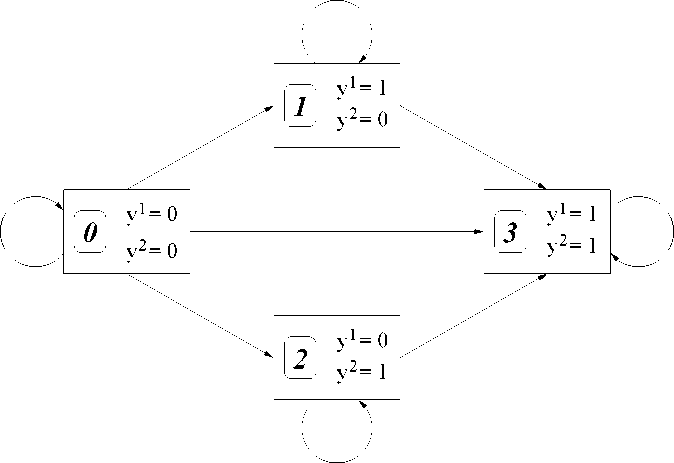
Figure 2: State-Transition Diagram for a Bivariate Survival Model
Conditions for simultaneous independence and Granger поп-causality can be
easily adapted from those introduced in Section 2, and take the particularly
simple form:
H1^2
h1→2
(Y
(.y
‰2 (Y1ΦY2
‰ =0
∕⅞ι =0
p = 0
Also the introduction of exogenous variables can be accounted for by simply
paralleling the solutions presented in Section 3. The same holds true as regards
the introduction of the lagged dependent variables yi,t-j', saturated and unsat-
urated models are defined as in Section 3, but a comment is in order: in this
case conditioning on the lagged endogenous variables is meaningful only when
the individual is in state 1 or 2, since when he is in state 0, conditioning on this
information induces no change in the transition probabilities, as state 0 cannot
be accessed from any other state of the model.
As for the asymptotic properties of the estimates and tests, notice that for
this model, even in the case of homogeneous populations, Proposition 5 does not
hold, since this model can be represented as a Markov chain with an absorbing
state corresponding to state 3. This means that N —> ∞ is needed in order
to ensure consistency and asymptotic normality of the estimates. Conversely,
T —> ∞ does not lead to the usual asymptotic properties. The intuition is that,
for any finite N, when T —> ∞ all individuals will eventually end up in the
16
More intriguing information
1. Beyond Networks? A brief response to ‘Which networks matter in education governance?’2. Stillbirth in a Tertiary Care Referral Hospital in North Bengal - A Review of Causes, Risk Factors and Prevention Strategies
3. Imperfect competition and congestion in the City
4. AN EXPLORATION OF THE NEED FOR AND COST OF SELECTED TRADE FACILITATION MEASURES IN ASIA AND THE PACIFIC IN THE CONTEXT OF THE WTO NEGOTIATIONS
5. Correlates of Alcoholic Blackout Experience
6. The name is absent
7. SAEA EDITOR'S REPORT, FEBRUARY 1988
8. The name is absent
9. Evaluating Consumer Usage of Nutritional Labeling: The Influence of Socio-Economic Characteristics
10. The name is absent